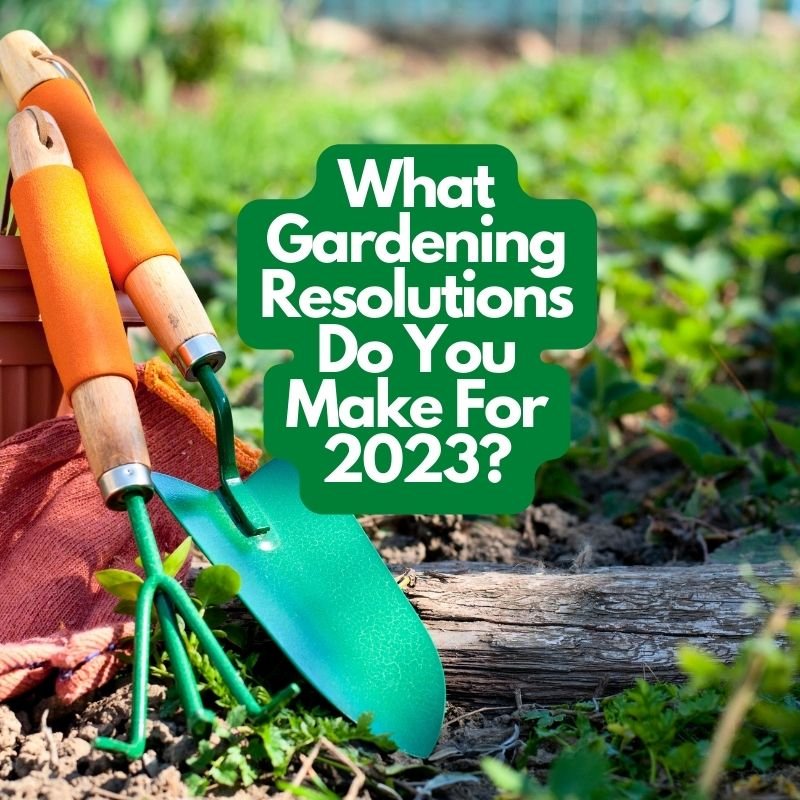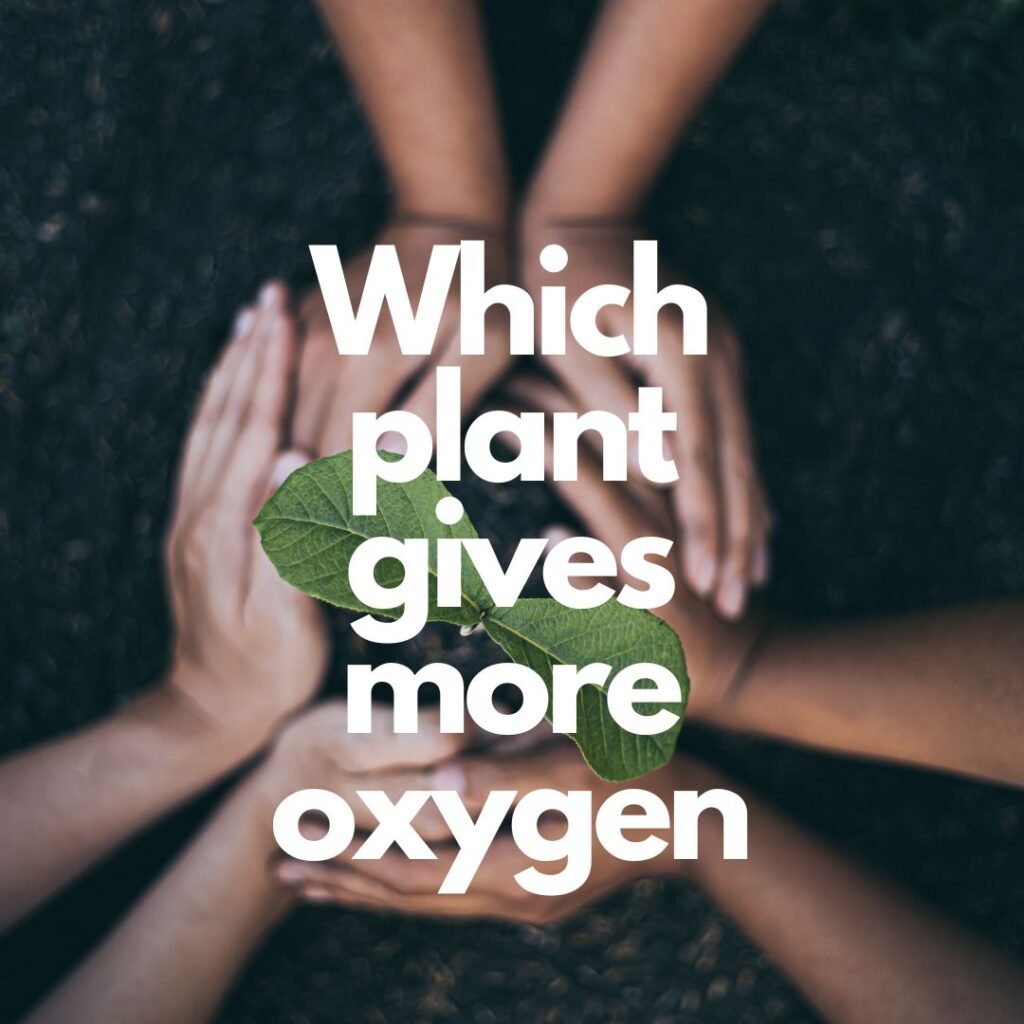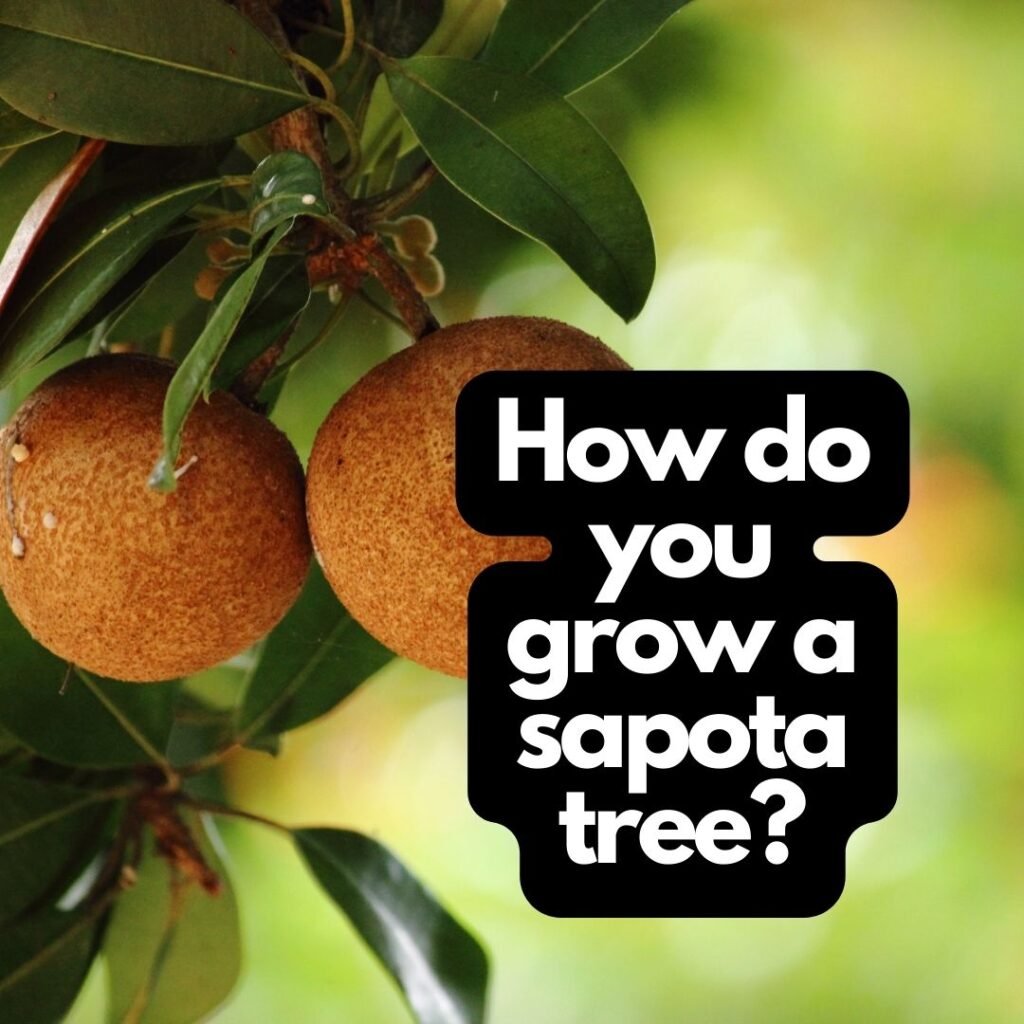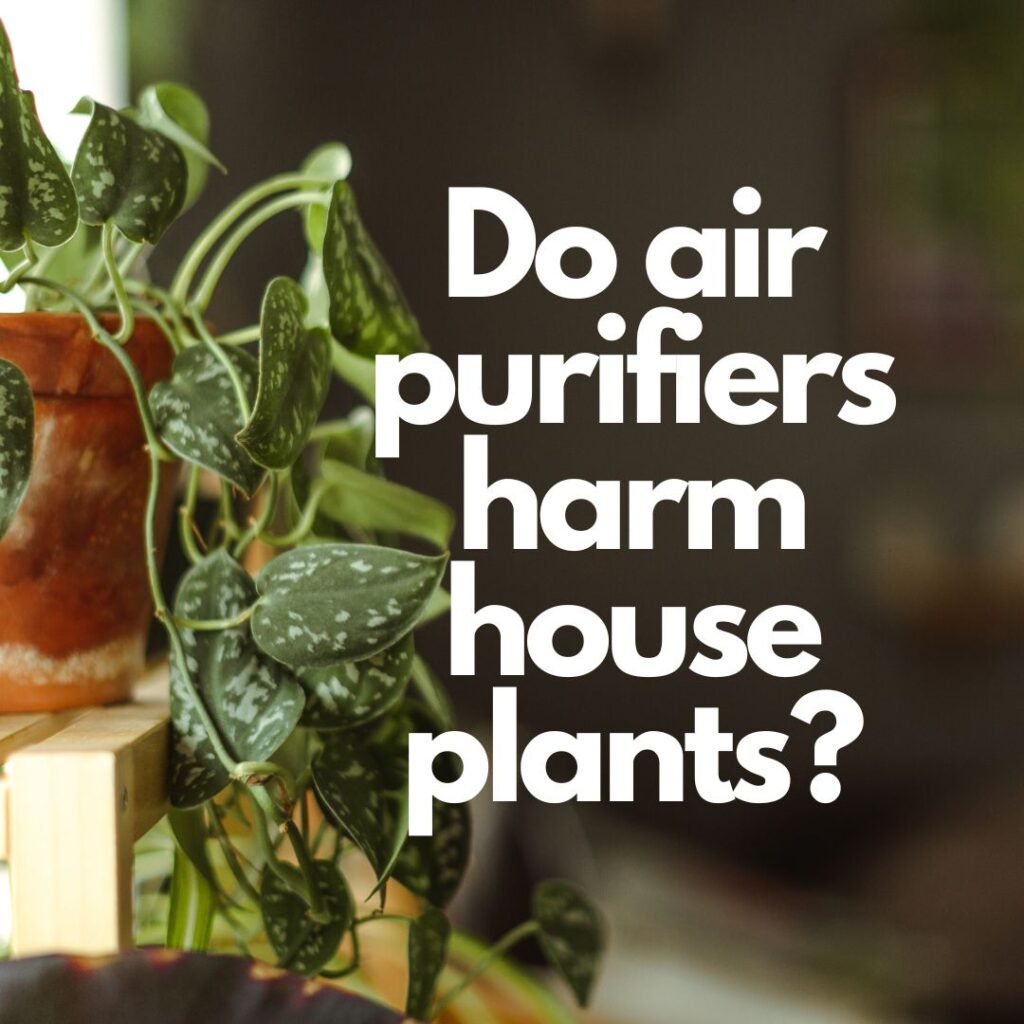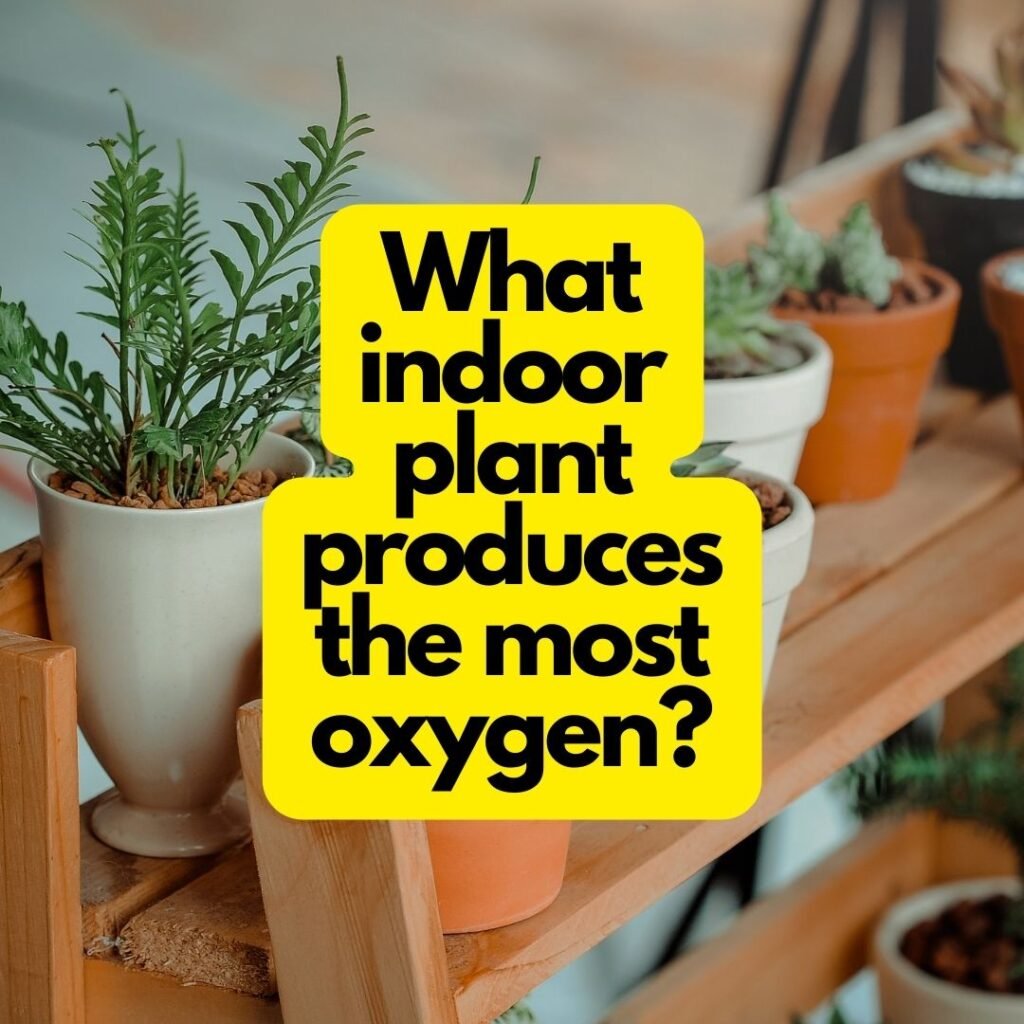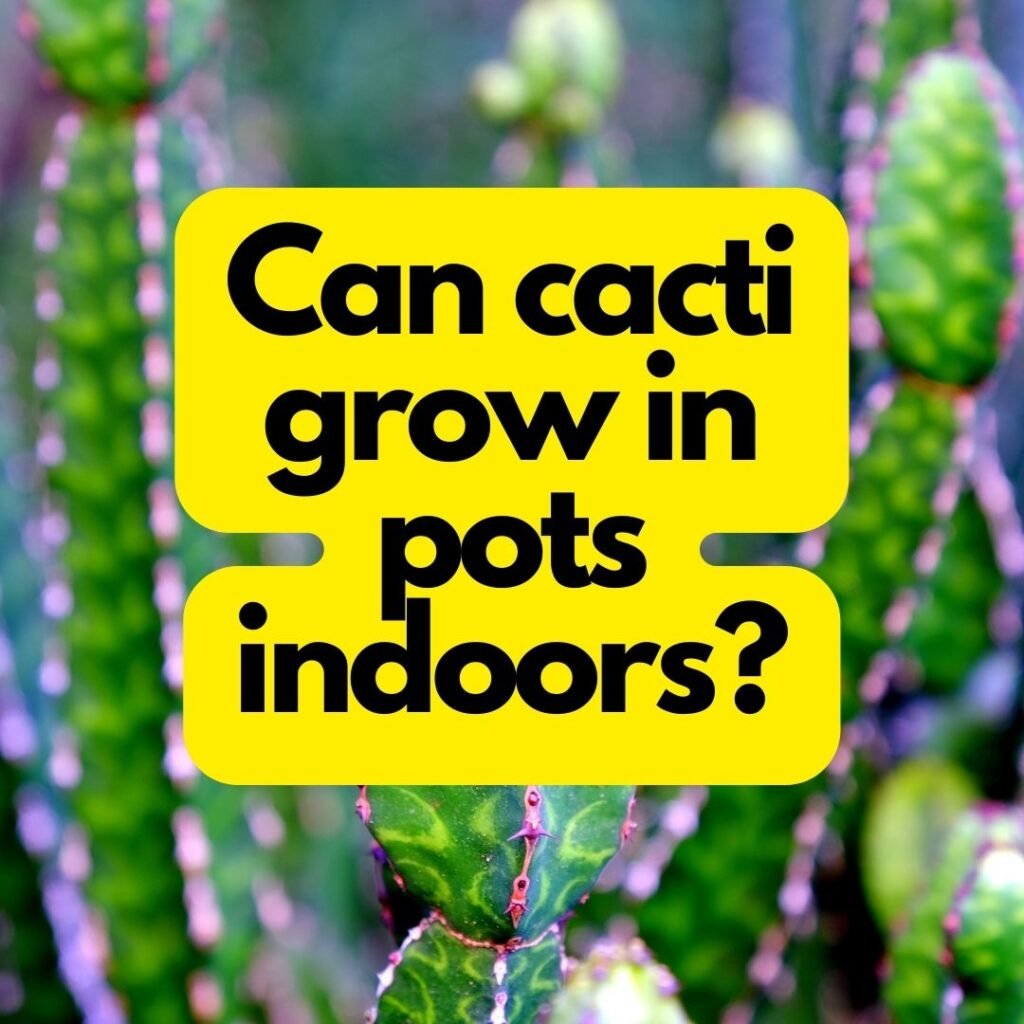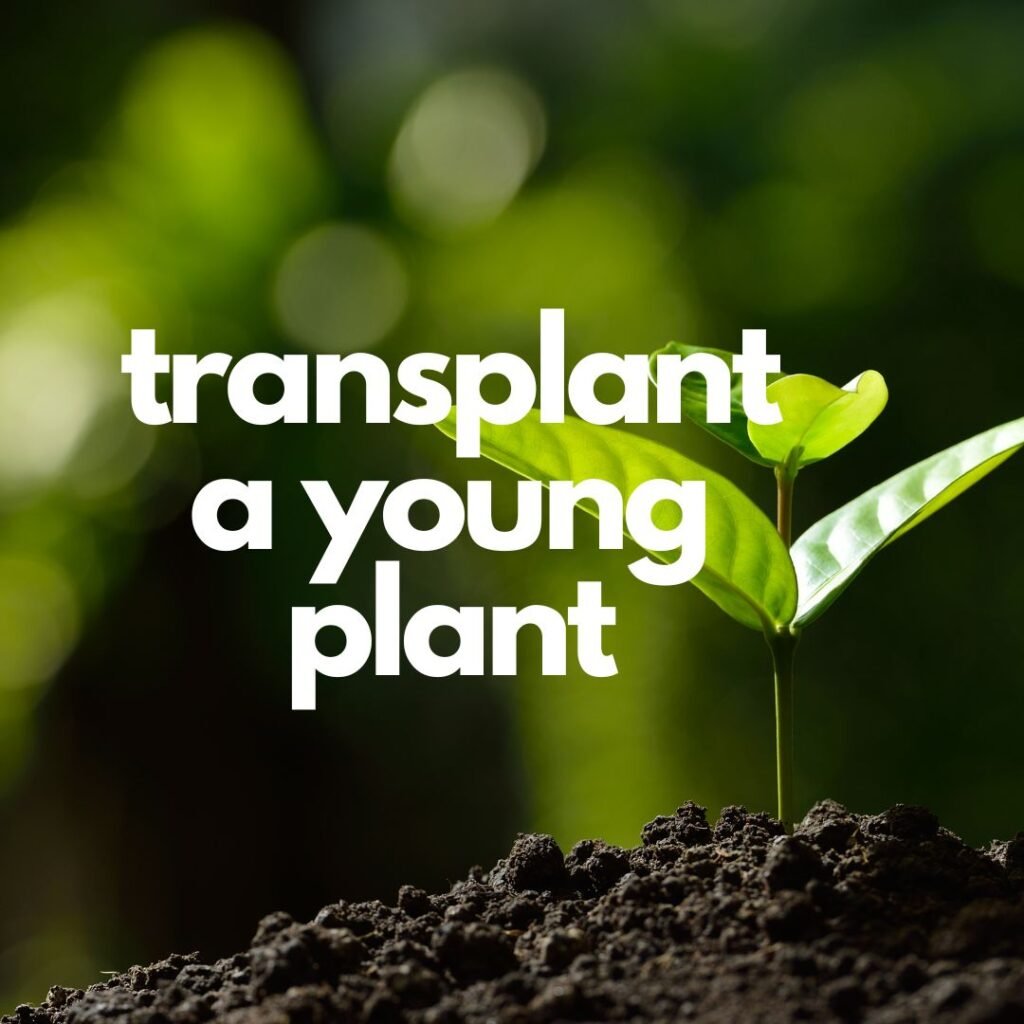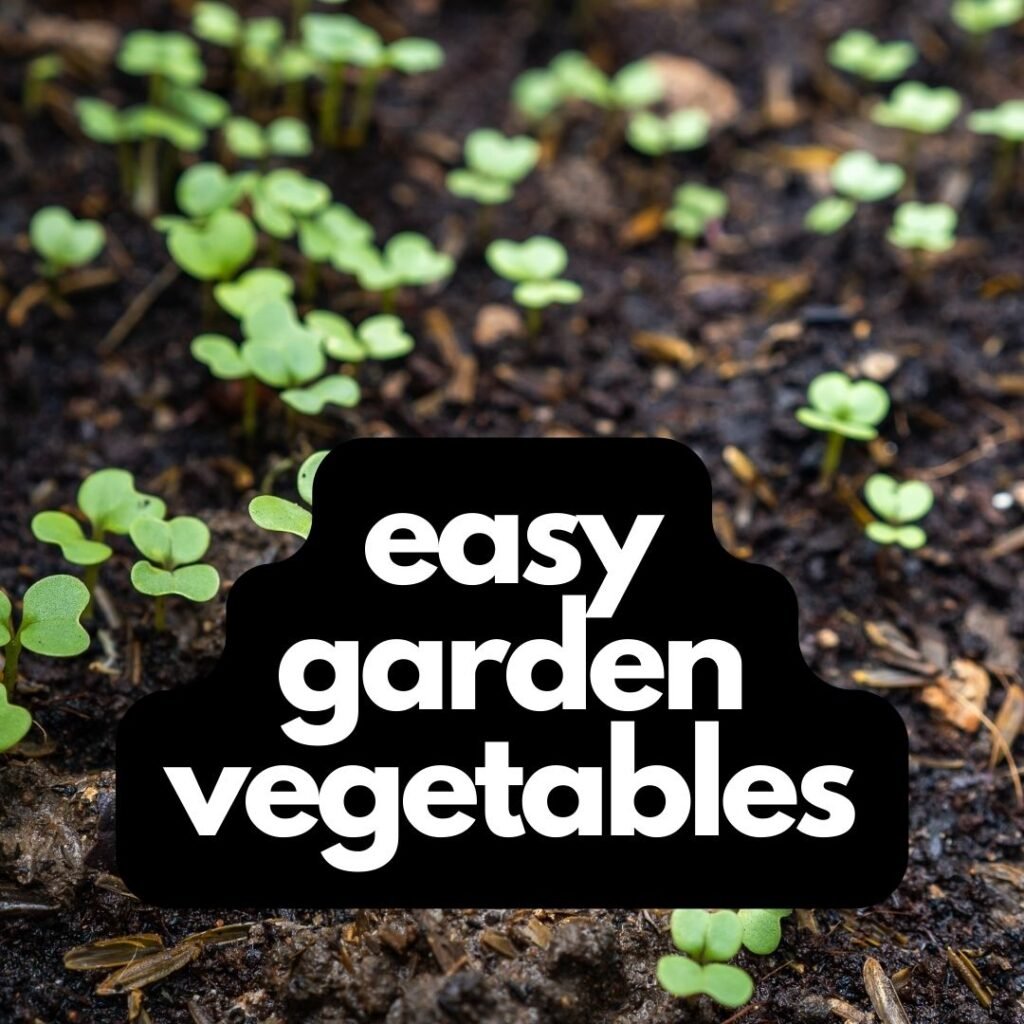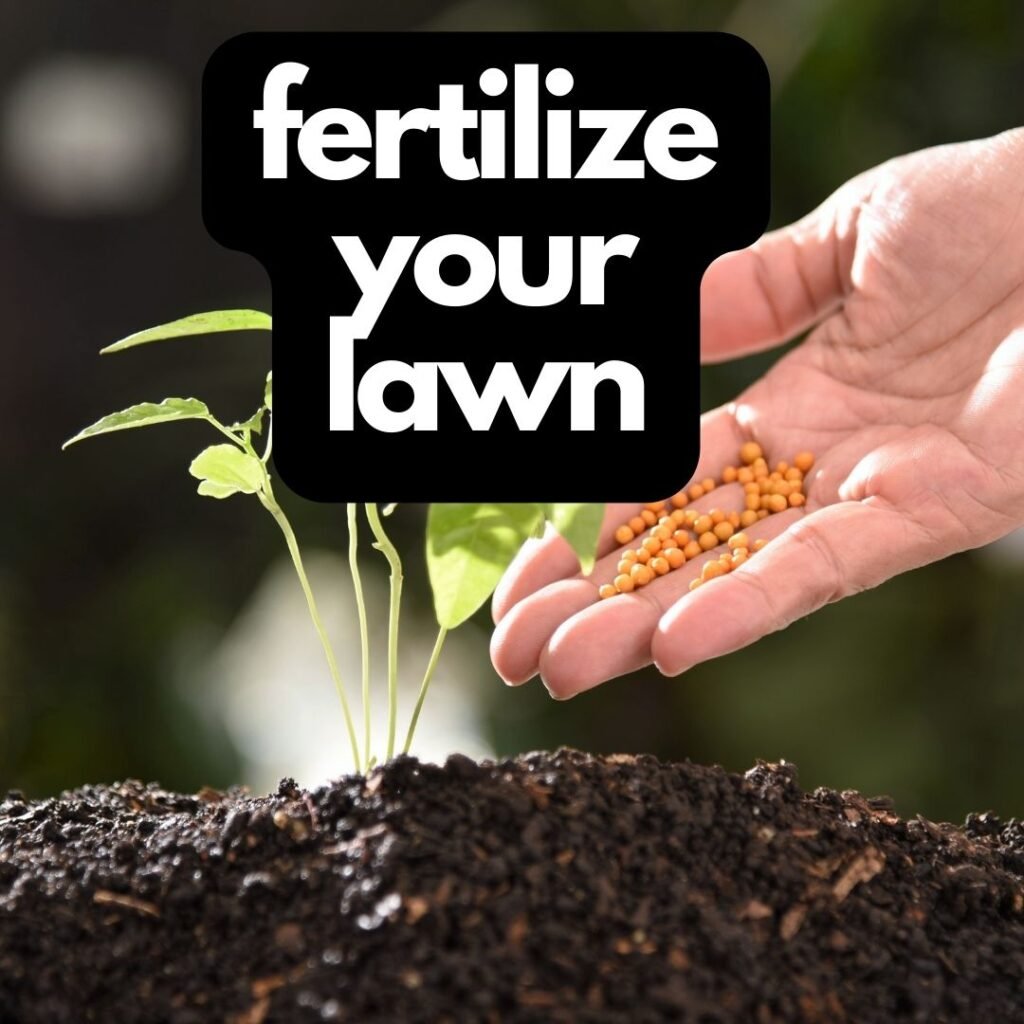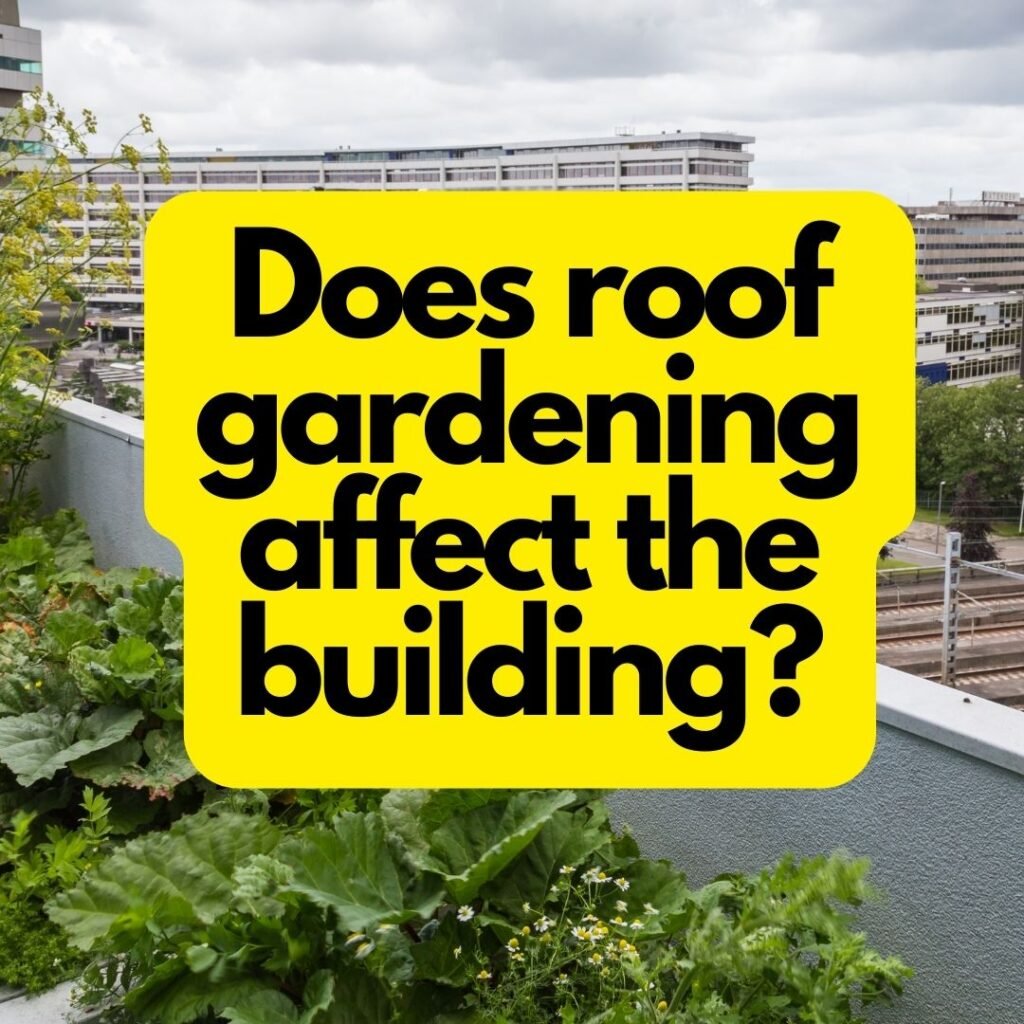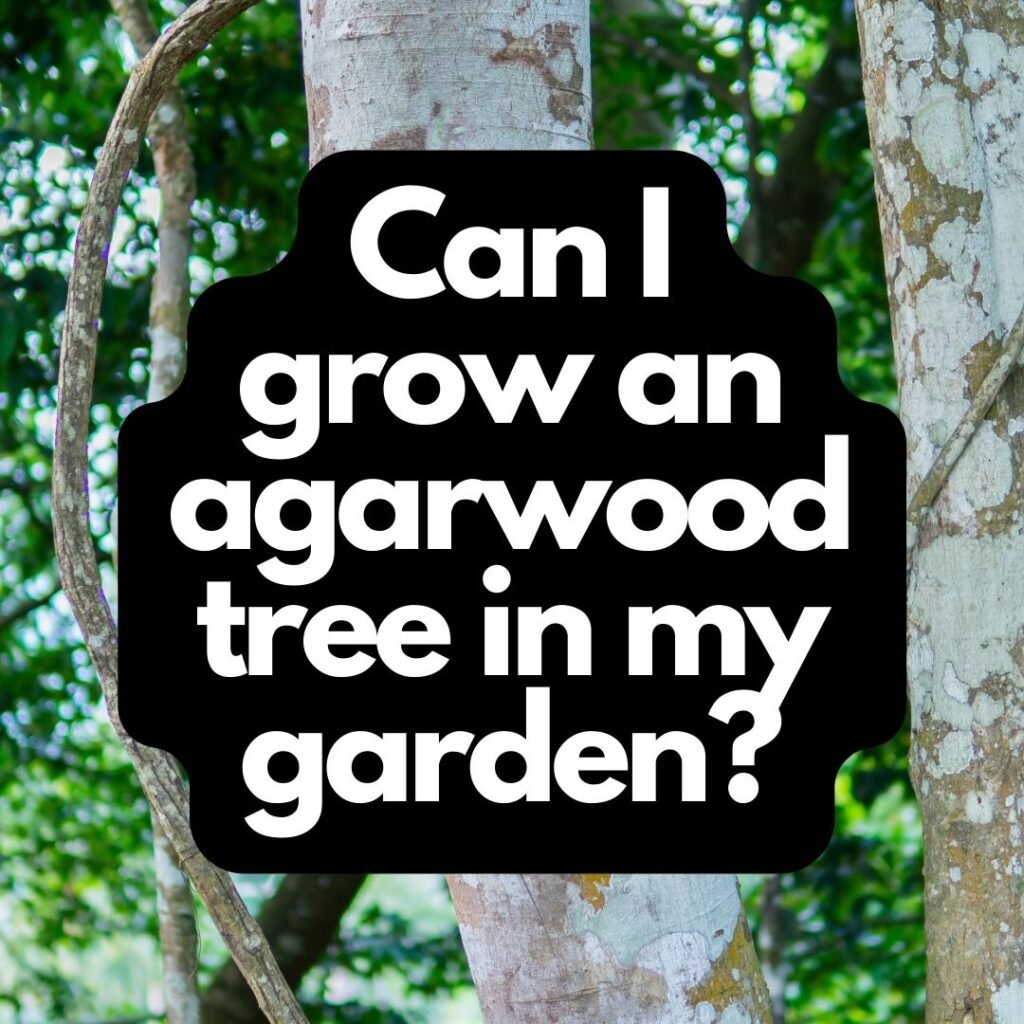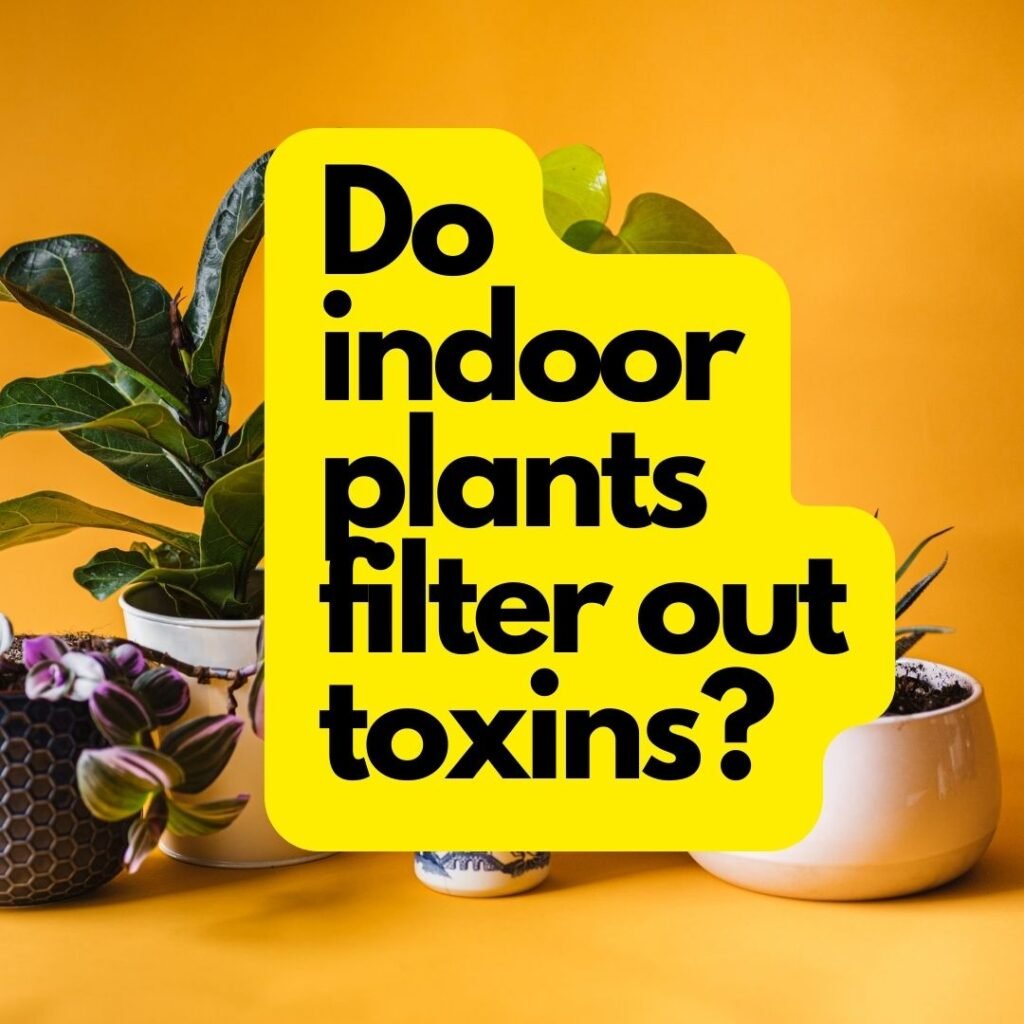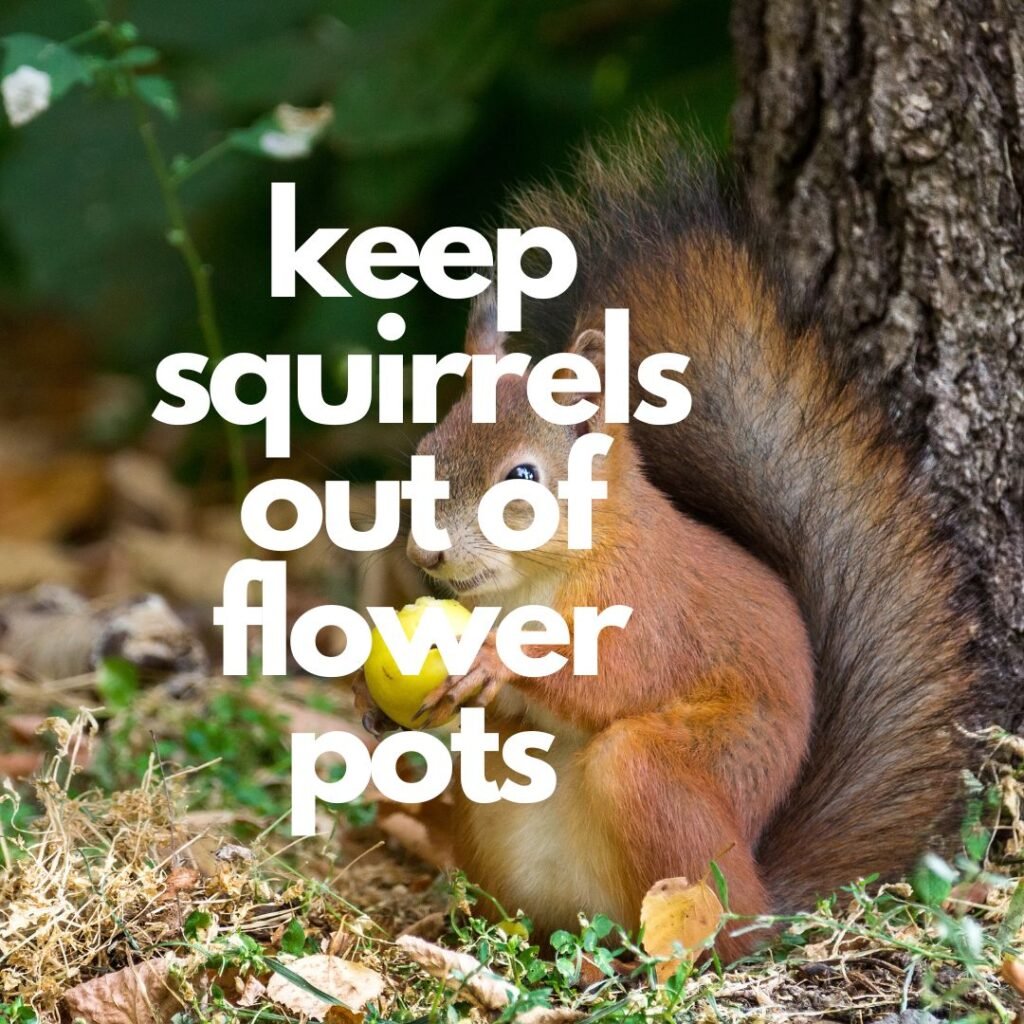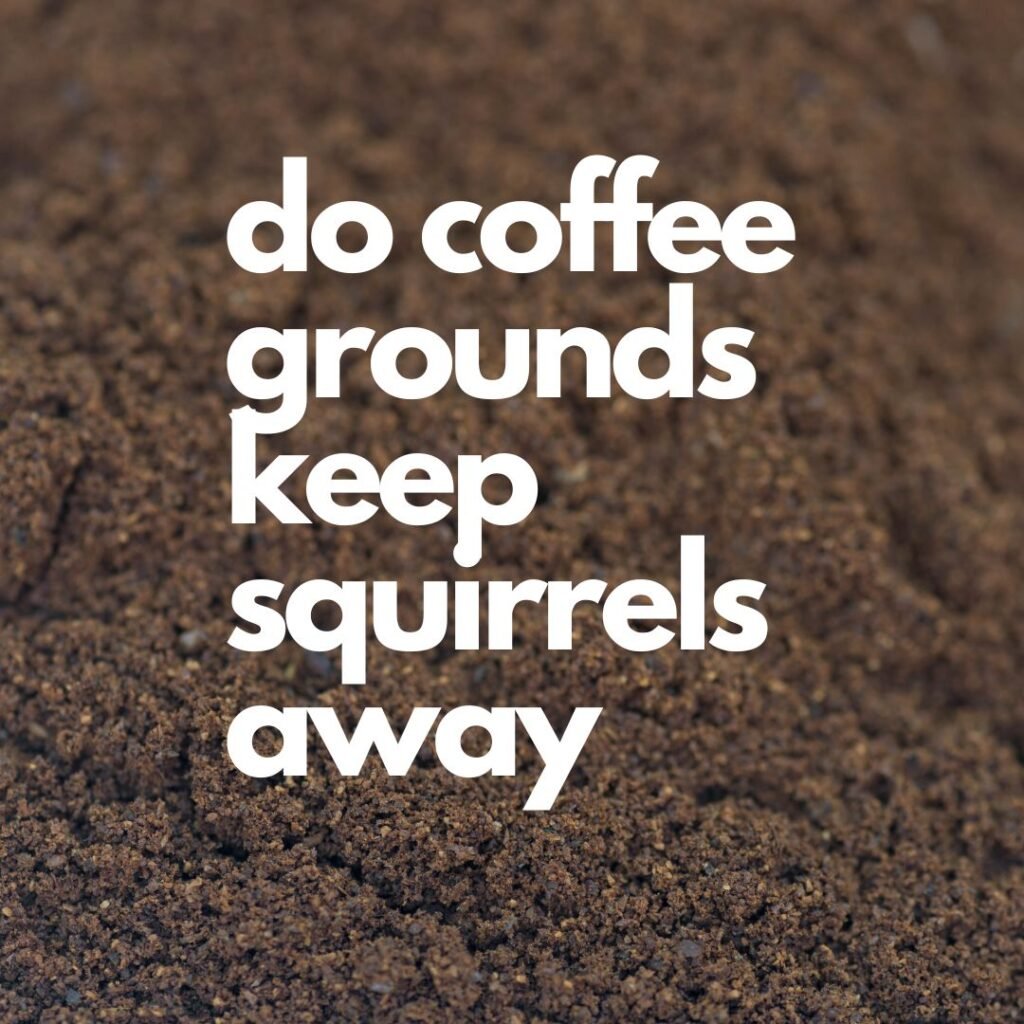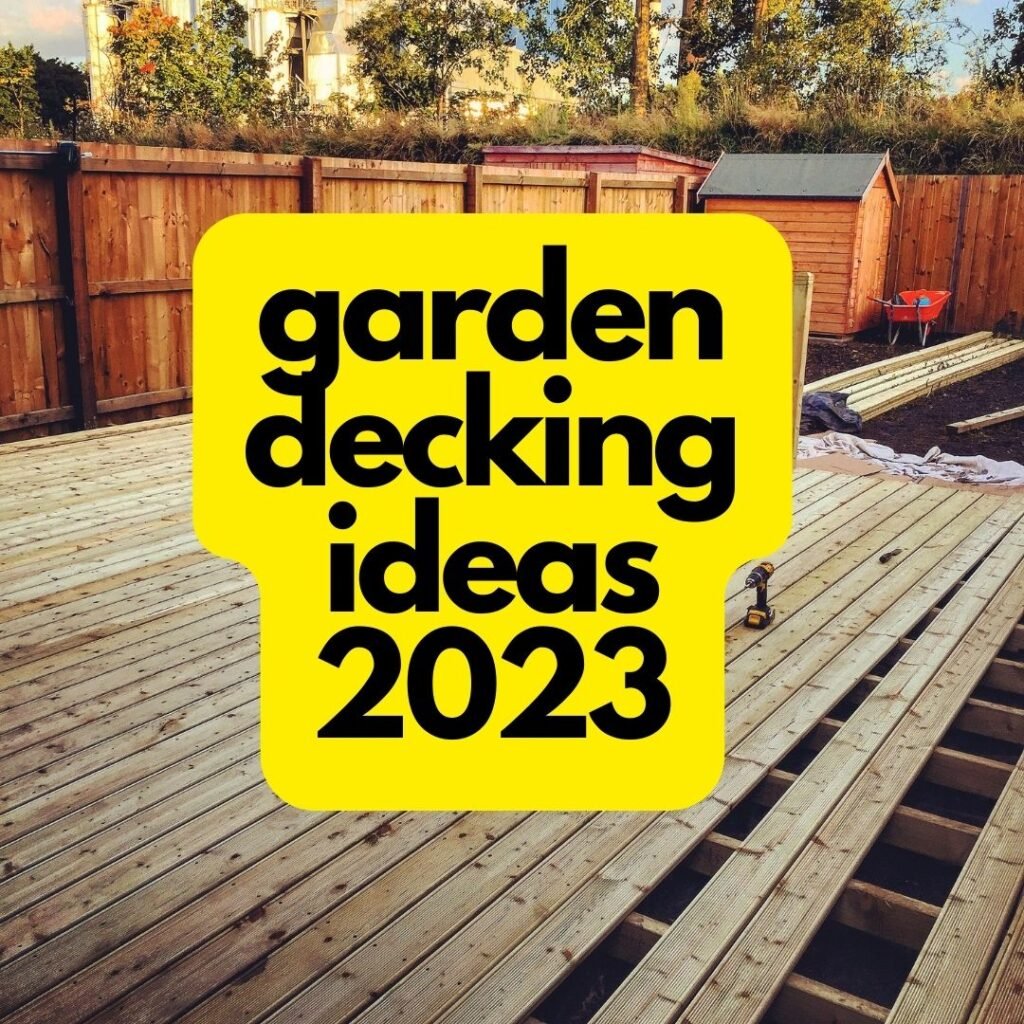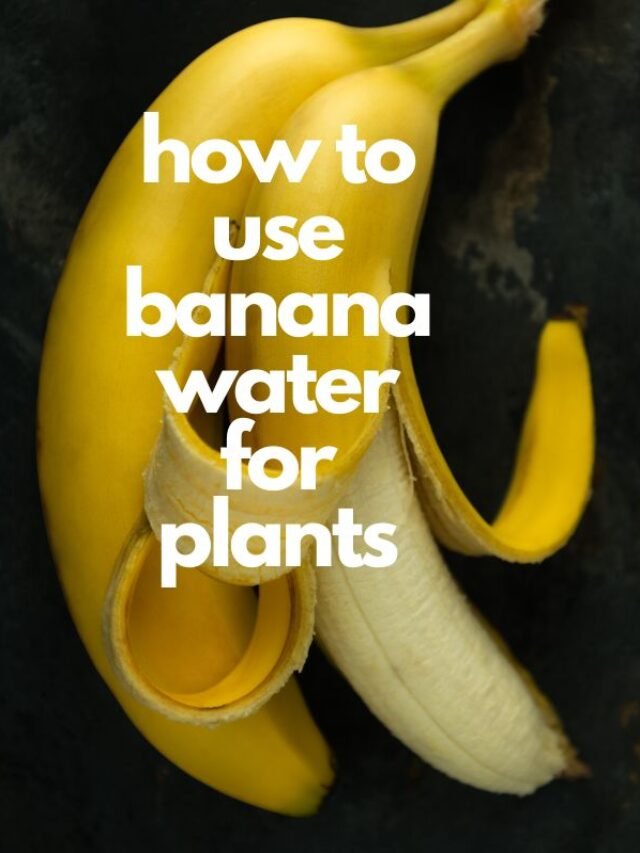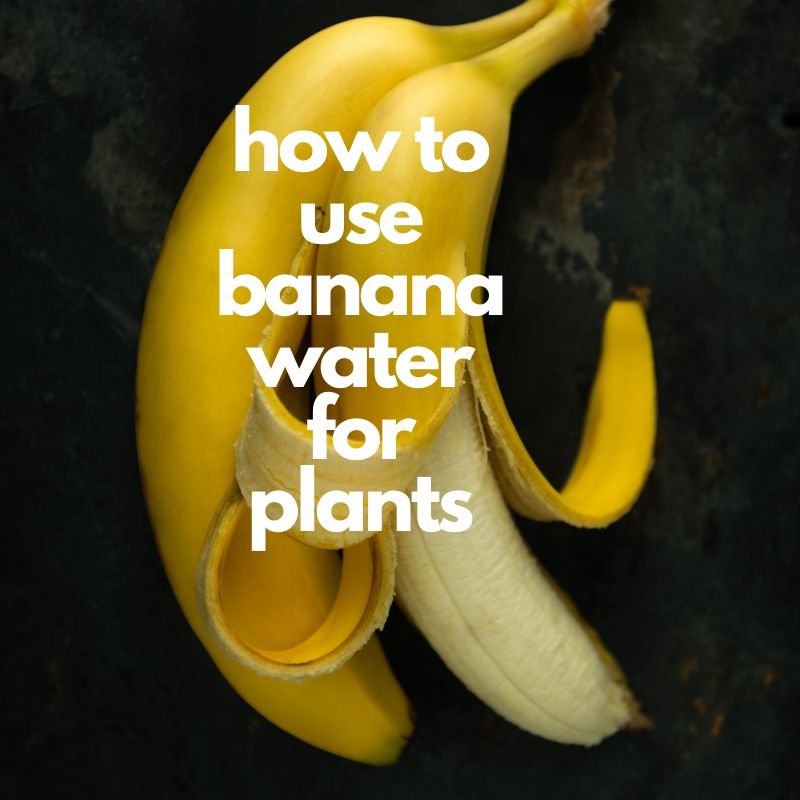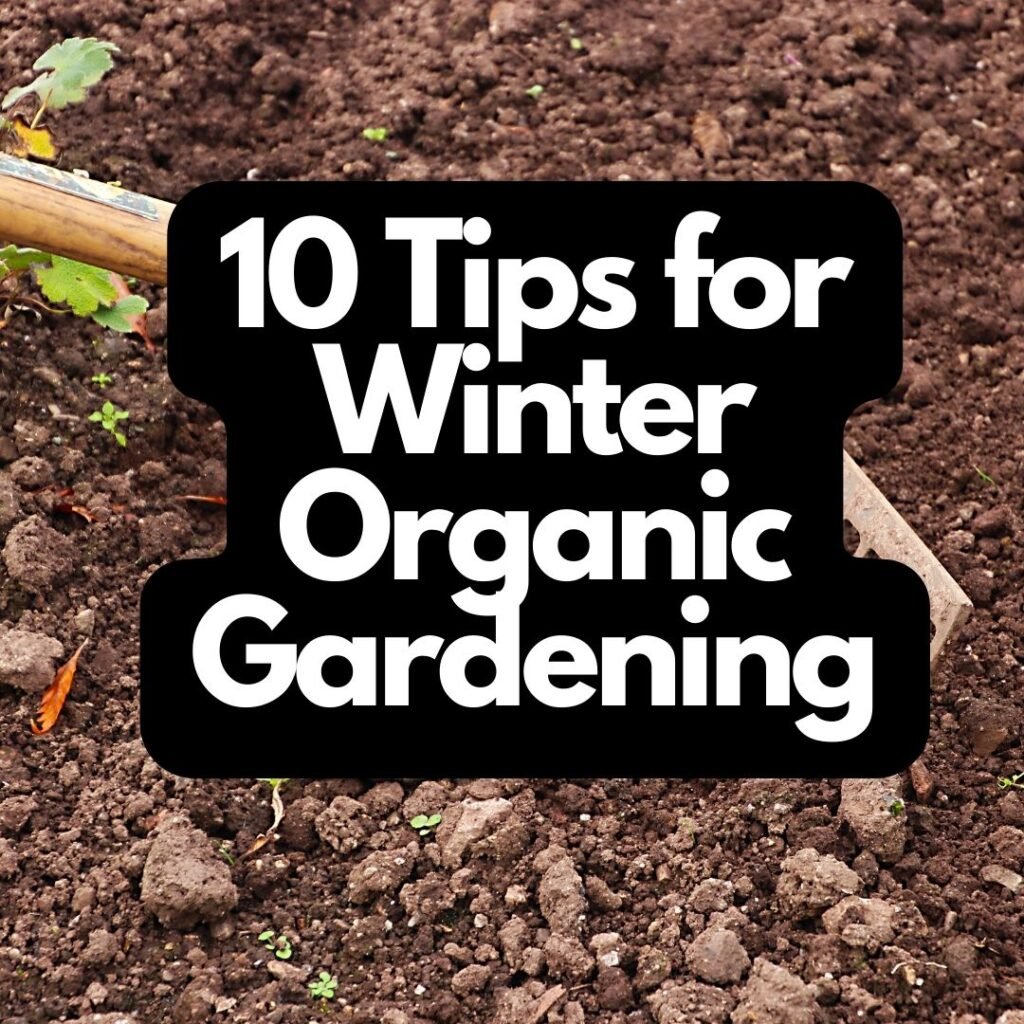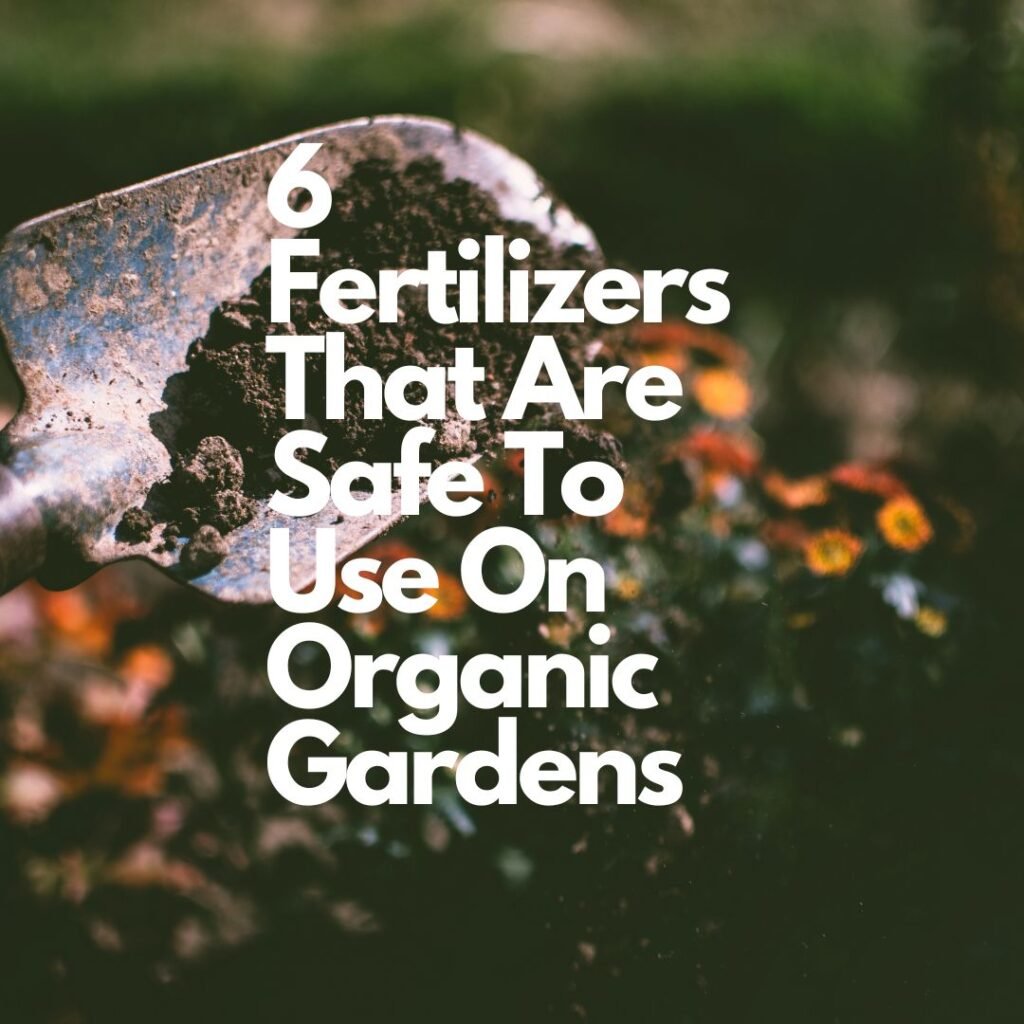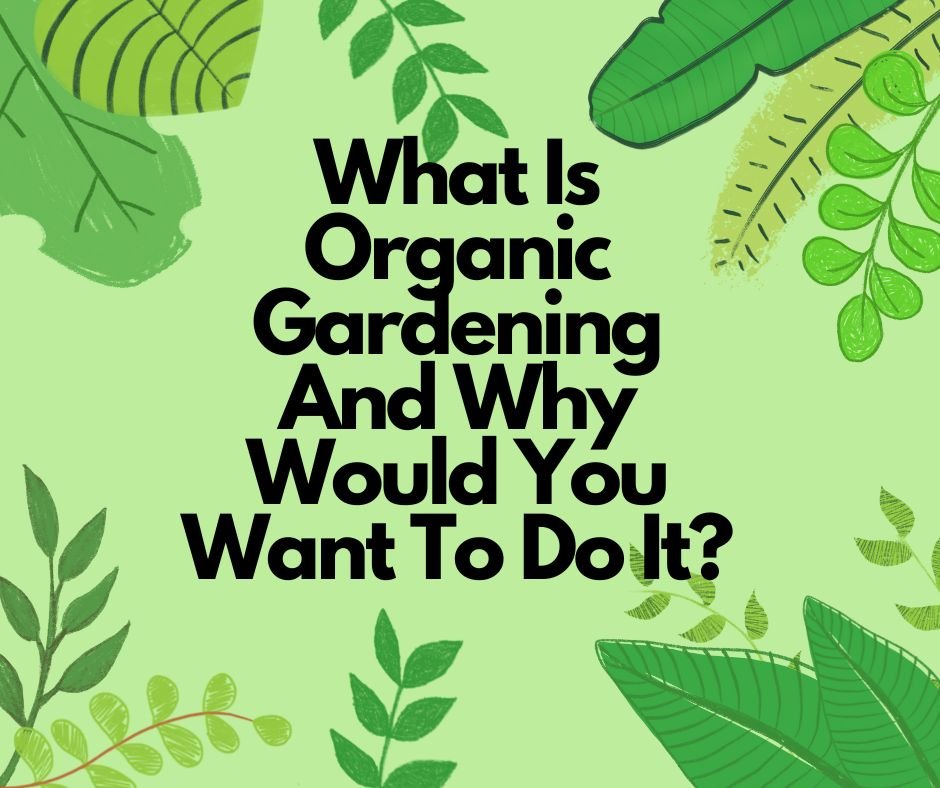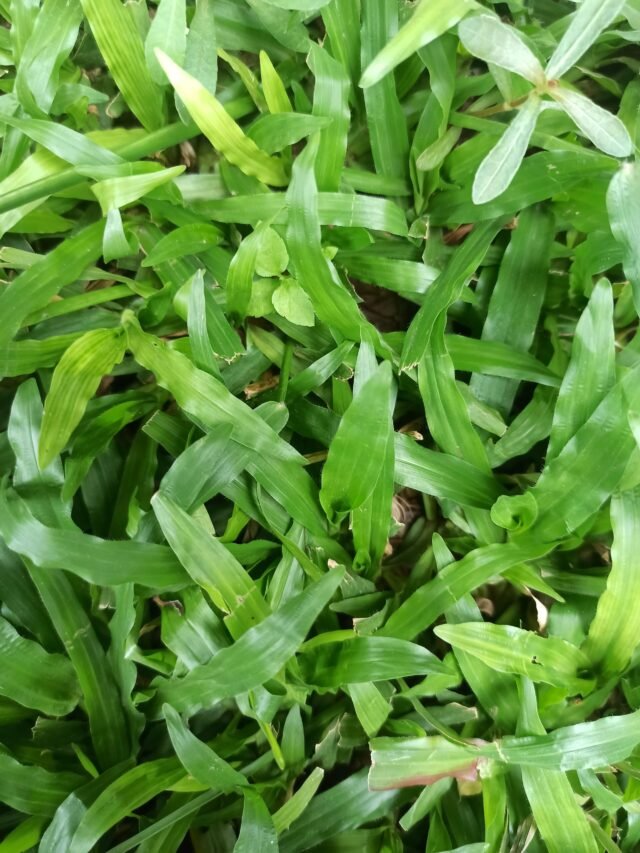10 Organic Gardening Techniques For Small Spaces
The idea of gardening can be daunting for those with limited space. After all, it’s easy to think that you need a large garden to produce fresh fruits and vegetables. The truth is, with some creative thinking, even the smallest spaces can be used to grow your own organic produce. All you need are the right techniques, tools, and knowledge! In this blog post, we will explore 10 organic gardening techniques that are perfect for small spaces. From container gardens to vertical gardens and more, read on to learn how you can start your very own urban farm.
Garden Planning
- Garden Planning
Before you start planting, it is important to plan your garden carefully. Decide what vegetables or fruits you want to grow, and choose a location that gets plenty of sunlight. If you have limited space, consider growing plants in containers or raised beds.
Once you have a general idea of what you want to grow, it is time to start preparing the soil. For organic gardens, this means adding compost or other organic matter to improve the quality of the soil. You can also use a mulch to help conserve moisture and keep weeds at bay.
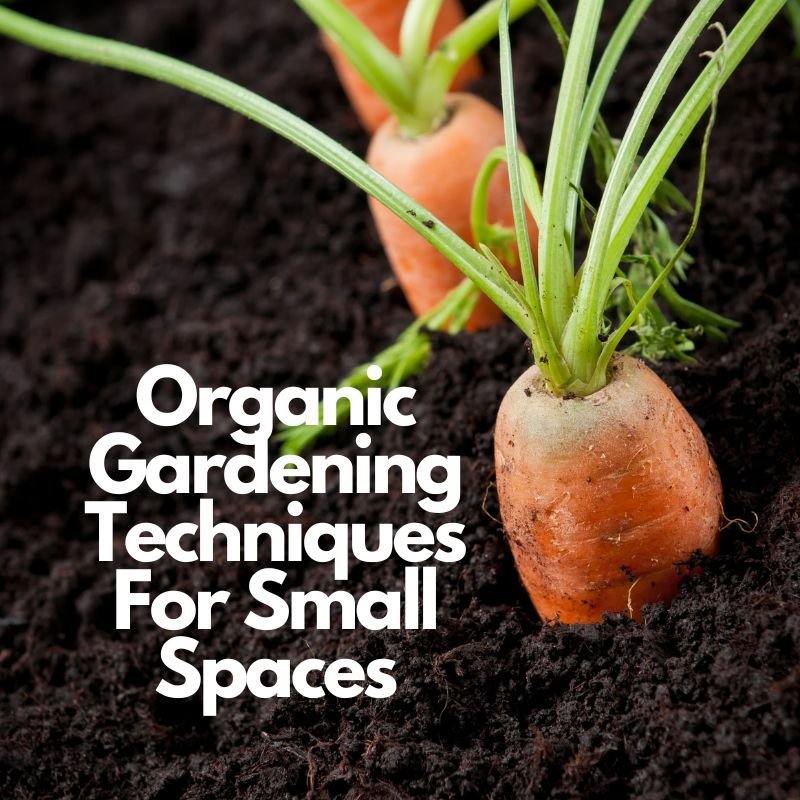
When it comes time to plant, be sure to follow the instructions on the seed packet or plant label. This will help ensure that your plants get the care they need to thrive. With a little planning and care, you can enjoy a bountiful harvest of fresh, organic produce from your very own backyard!
Soil Preparation
- Soil Preparation
Organic gardening involves using natural techniques to grow plants. This means working with the environment, rather than against it. One of the most important aspects of organic gardening is preparing the soil.
This can be done through a number of different methods, but some basic tips include:
-Before you begin planting, test your soil. This will help you determine which nutrients need to be supplemented and which are already present.
-Work on improving drainage if necessary. This can be done by adding organic matter or amending the soil with sand or other materials.
-Make sure your soil has a pH of between 6 and 7. Most plants thrive in this range.
By taking the time to properly prepare your soil, you’ll create a much more hospitable environment for your plants. In turn, this will lead to healthier plants that are better able to resist pests and diseases.
Composting
- Composting
If you have limited space for gardening, composting is a great way to make the most of your organic waste. By composting your kitchen and garden waste, you can create nutrient-rich soil that will help your plants thrive.
There are many different ways to compost, so be sure to do some research to find the method that best suits your needs. If you live in an apartment or other small space, there are several methods of indoor composting that can be easily implemented.
Once you have set up your composting system, be sure to regularly turn or stir your compost to aerate it and speed up the decomposition process. With a little effort, you can easily create nutrient-rich soil that will help your plants grow and flourish.
Crop Rotation
One of the most important organic gardening techniques is crop rotation. This involves growing different types of crops in different areas of your garden each year. Crop rotation helps to improve soil fertility, prevent pests and diseases, and increase crop yields.
It is best to rotate crops on a three- or four-year cycle. For example, you could grow potatoes in one area of your garden for one year, then beans in that same area the following year. In the third year, you would move the potatoes to a different part of the garden and grow oats in their place. Then, in the fourth year, you would return the potatoes to their original spot and grow corn in the new area where the beans were grown previously.
When planning your crop rotation, it is important to take into account the needs of each type of plant. Some plants need more nitrogen than others, so it is important to rotate them with plants that fix nitrogen from the air into the soil (such as legumes). Other plants may be heavy feeders and deplete the soil of certain nutrients, so it is important to follow them with crops that add nutrients back into the soil (such as green manure crops).
By following a crop rotation schedule, you can ensure that your plants are getting the nutrients they need while also preventing pest and disease problems.
Cover Crops
- Cover Crops
Cover crops are an important tool for organic gardeners. They help to improve soil health, prevent erosion and can provide nutrients for your plants. There are many different types of cover crops, so it is important to choose the right one for your needs. Clover, alfalfa, rye grass, and buckwheat are a few examples of typical cover crops.
When selecting a cover crop, it is important to consider what you want to achieve. For example, if you are trying to improve soil health, you might choose a leguminous crop like alfalfa or clover. These plants fix nitrogen in the soil, which can be beneficial for other plants. If you are trying to prevent erosion, you might choose a grassy crop like ryegrass or Bermuda grass. These plants have deep roots that help hold the soil in place.
Once you have selected a cover crop, you will need to sow the seeds. This can be done by hand or with a seed drill. Make sure to plant the seeds at the recommended depth and spacing for the particular crop. Once the seeds have germinated, they will need to be kept well-watered until they are established.
After the cover crop has grown for several weeks or months (depending on the type), it can then be incorporated into the soil through tilling or mowing. This will add organic matter and nutrients to your soil, which will benefit your other plants
Intercropping
One of the great things about organic gardening is that it doesn’t require a lot of space. In fact, many organic gardening techniques can be used in small spaces. One such technique is intercropping.
Intercropping is a method of growing two or more crops in the same space. This can be done by planting different crops in alternating rows, or by planting them in the same row but at different depths. Intercropping can also be done by growing two crops together in the same pot.
There are many benefits to intercropping, including increased yield, reduced pest pressure, and improved soil health. Additionally, intercropping can provide a more diverse and interesting harvest.
If you’re interested in trying intercropping in your garden, there are a few things to keep in mind. First, make sure that the plants you choose will grow well together. Some plants have incompatible root systems or require different amounts of water or sunlight. Second, consider the mature size of the plants when planning your spacing. Finally, pay attention to the timing of your plantings so that you can harvest both crops at their peak ripeness.
With a little planning, intercropping can be a great way to get the most out of your small garden space.
Mulching
One of the simplest and most efficient ways to enhance your garden is through mulching. It aids with weed control, moisture retention, and summer soil cooling.
There are many different types of mulch available, but for small spaces, organic options are often the best. Here are a few of our favorite organic mulches:
- Compost: This is an excellent choice for mulching because it provides nutrients to the soil as it breaks down.
- Wood chips: Wood chips make an excellent mulch for small gardens because they help to suppress weeds and retain moisture.
- Straw: Straw is another great option for suppressing weeds and retaining moisture. It also adds a bit of extra insulation to the soil.
Water Conservation
One of the most important things you can do to be more sustainable in your gardening is to conserve water. There are a number of ways to do this, and the best approach depends on your climate and garden setup.
In general, mulching heavily and deeply around plants helps to reduce evaporation and keep moisture in the soil. If you have an irrigation system, make sure it’s properly maintained and set up to water only as much as your plants need. Use a rain gauge to track how much rainfall you’re getting so you can adjust your watering accordingly.
In hot, dry climates, consider planting drought-tolerant plants or those that don’t require as much water. Grouping plants together also helps because they can shelter each other from the sun and wind, reducing evaporation even further. And finally, don’t forget about collecting rainwater! This is an easy way to save water that would otherwise be lost to evaporation.
Pest Management
Pest management is a critical component of organic gardening, particularly in small spaces. By taking proactive steps to control pests, you can avoid the use of harmful chemicals and protect your plants from damage.
There are a number of effective pest management techniques that can be used in small spaces. One of the most important is to keep your garden clean and free of debris. This will help to minimize the places where pests can hide and breed. Regularly removing dead leaves and plant matter will also help to make your garden less attractive to pests.
In addition, it’s important to choose plants that are resistant to pests. Some vegetables, for example, are more susceptible to insect damage than others. When selecting plants for your garden, research which varieties are most resistant to common pests in your area.
Finally, there are a number of natural pest control products available that can be used safely in small spaces. These include things like diatomaceous earth, neem oil, and Bacillus thuringiensis (BT). By using these products judiciously, you can effectively control pests without resorting to harmful chemicals.
Conclusion
Organic gardening is a great way to get the most out of a small space. From vertical gardens to composting, there are plenty of techniques you can use to make the most of organic gardening in your home or yard. With these 10 tips and techniques, you’ll be able to easily create an oasis with minimal effort that will look beautiful and yield delicious produce!

